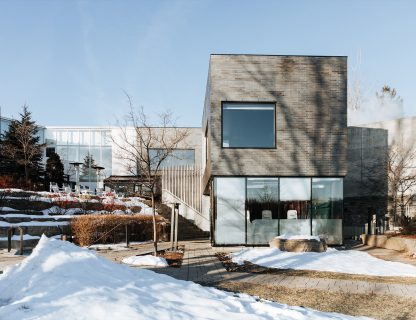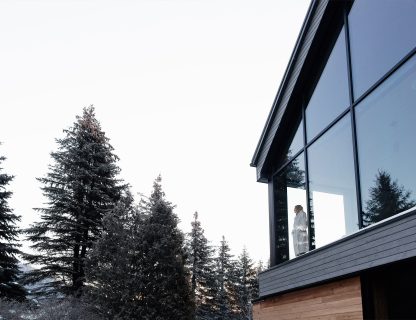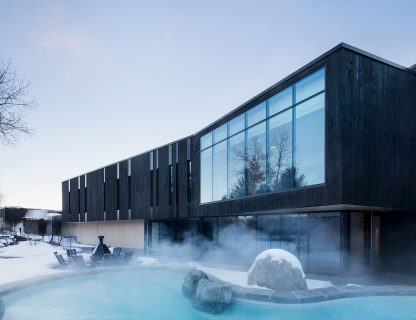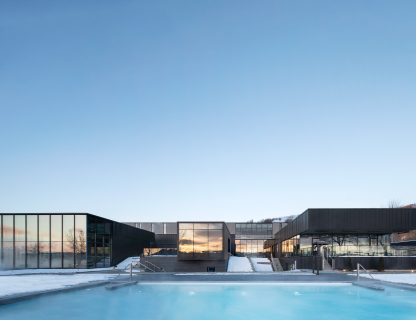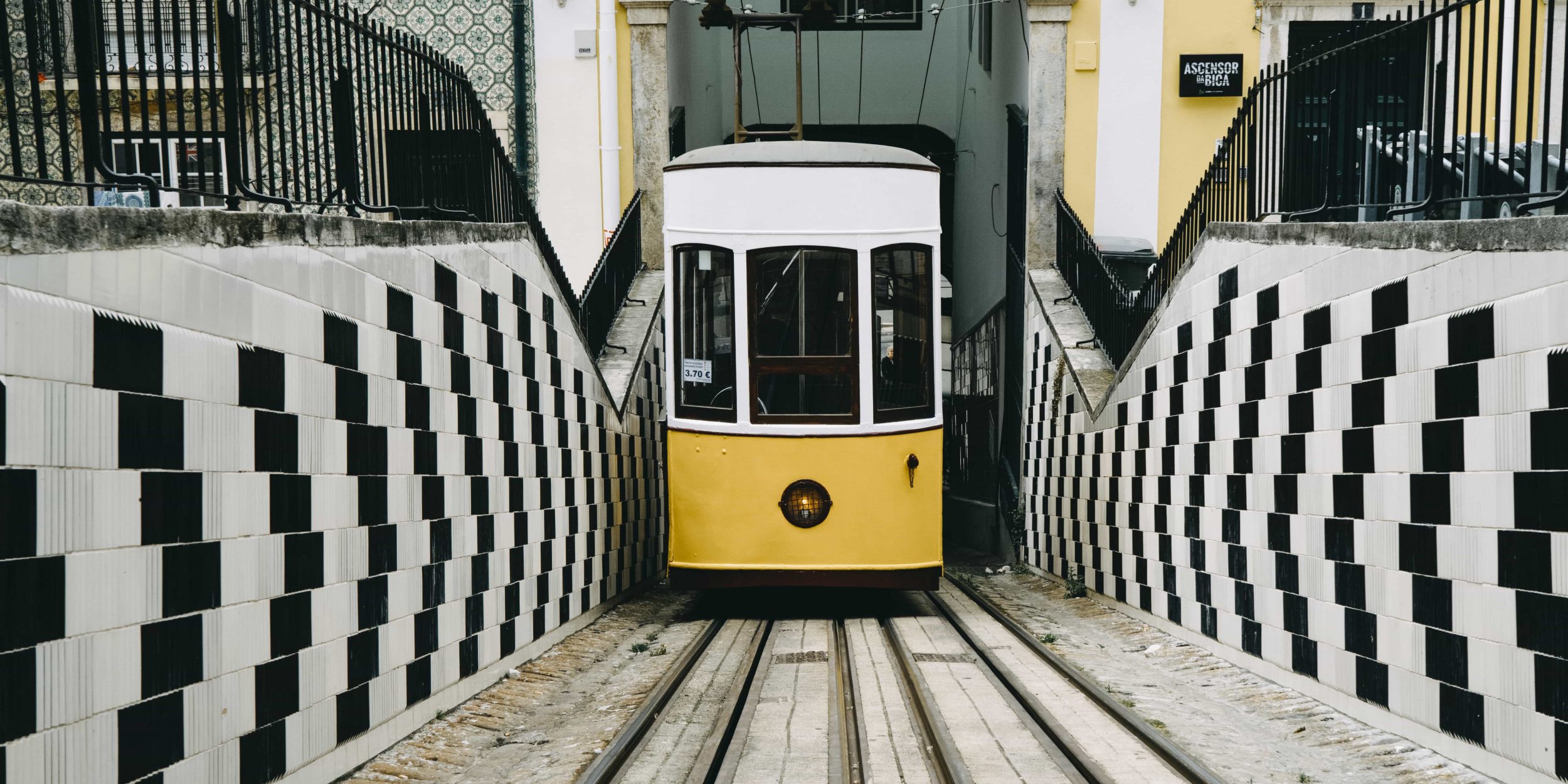It is the very nature of cities to transform themselves: lifestyles are changing, design is developing, industrial activities are emerging and disappearing, cultural movements are taking root… At the heart of these changes, neighbourhoods that have been struggling, sometimes for a long time, are enjoying a second wind, reinventing themselves and giving the city a new face and feel. To follow the movement of revival around the world, here is our selection of five of the most popular neighbourhoods of the moment.
1- GREECE : Metaxourgío (Athens)

Where: Located north-west of Athens’ centre, this neighbourhood owes its name to the silk industry that once flourished there.
Why: The district is the opposite of its neighbour Gázi. Preferring calmness to decibels, Metaxourgío has become the artists’ refuge. The old neoclassical factories and houses have gradually been transformed into theatres, concert halls, galleries and artistic residences.
Things to see and do: Start out by immersing yourself in culture at the Athinais centre before you take a break in a traditional café in Avdi Square. A trailblazer of its kind, the Bios features a gallery, a film library, a concert hall and a bar all under one roof. Try the inventive cuisine at Aleria or at the Funky Gourmet with its neoclassical decoration.
2- AUSTRALIA : Collingwood (Melbourne)

Where: Melbourne constantly reinvents itself, relying on its suburbs like Collingwood, a veritable hotbed of new trends in cuisine, architecture, fashion and art, located only three kilometres north of the city centre.
Why: Hot spot of the “coffee mania”, it is one of Melbourne’s oldest neighbourhoods, lined with many 19th century buildings. The hipsterization came from the neighbouring district of Fitzroy, a reference in alternative cultures and street art.
Things to see and do: Collingwood showcases some of the most innovative concepts. It is where the founder of Proud Mary, Australia’s coffee institution, opened his school and showroom by the name of Aunty Peg’s: try for example the “Nitrogen Coffee”, an exotic recipe imported from Portland. Also be sure to visit the South of Johnston, a small canteen offering a locavore brunch, considered to be the heart of Melbourne. At the end of the day, chill on the roof of Easey’s for an aperitif-burger in train cars from the 50s.
3- INDIA : Shahpur Jat (Delhi)

Where: Just yesterday, the only attraction of this medieval village in the southern suburbs was its cauliflower. Nestled between the districts of Hauz Khas and Asian Games Village, Shahpur Jat still boasts some haveli (“mansions”).
Why: The rise in prices in Hauz Khas has pushed its population to move. Among them, many weavers and craftsmen specialized in gold and silver thread embroidery chose to settle in Shahpur Jat. The arrival of these young designers has made this district the new laboratory of Indian fashion and design.
Urban “wildlife”: Local designers and expatriates share the narrow streets of the district. Dada Jungi House Lane bundles part of their work, mixing local know-how and international trends. NeedleDust reinvents the jutti, a traditional shoe made of leather and embroideries, while Kardo with his handmade contemporary menswear hijacks the ikat.
4- Portugal : Príncipe Real (Lisbon)

Where: Situated north of the Bairro Alto, Principe Real enjoys a beautiful view of the city and the 25 de Abril Bridge. Appreciated by the aristocracy of the 19th century, the district boasts historic buildings, palaces, squares, colourful houses and a delightful public garden full of trees.
Why: Not long ago a sleepy residential area, Principe Real is now awake. The gay community was the first to take interest. Young designers and restaurateurs followed, dusting off the antique shops.
Things to see and do: When it’s time for the first espresso in the shade of the hundred-year-old iconic cedar tree in the public garden on Saturday morning, the organic market is already in full swing. Two steps away, the Palacete Ribeiro da Cunha is home to a creative space: the Embaixada, which brings together exhibitions, fashion, accessories and vintage decoration. The same goes for the newly renovated Entre Tanto Indoor Market, combining fashion, the art of living and food in a 18th century setting. Stop at the barber at Maison Nuno Gama before an Indian lunch on the roof top at Lost In. In the afternoon enjoy homemade cupcakes at Tease. And in the evening have dinner at A Cevicheria and sophisticated cocktails at Cinco Lounge.
5- COLOMBIA : San Felipe (Bogota)

Where: To the north of the city, San Felipe is a popular district which is home to a number of mechanical workshops.
Why: Three years ago, the first gallery owners and artists migrated from the centre to San Felipe to take advantage of the low rents and available square metres. Now a colony of artists, the neighbourhood is home to nine contemporary art galleries and three NGO (non-governmental organization) who, after decades of isolation, welcome amateurs and help them discover the most prominent professions of the moment. To find the epicentre of the new Bogota Art District, nicknamed “BAD”, you need to go to calle 75 and carrera 20.
Things to see and do: You have to go and admire the talent of this new wave of artists. A “must see” gallery: FLORA ars+natura, founded by Jose Roca, former curator of the Tate Modern in London, an eminent Colombian specialist who creates botanical and political dialogue. And last but not least, the most international gallery: Instituto de Vision.
YOU MAY ALSO LIKE THESE ARTICLES
Cheers to summer! Tips and tricks to drink responsibly
A smooth transition between work and vacation thanks to massage therapy
